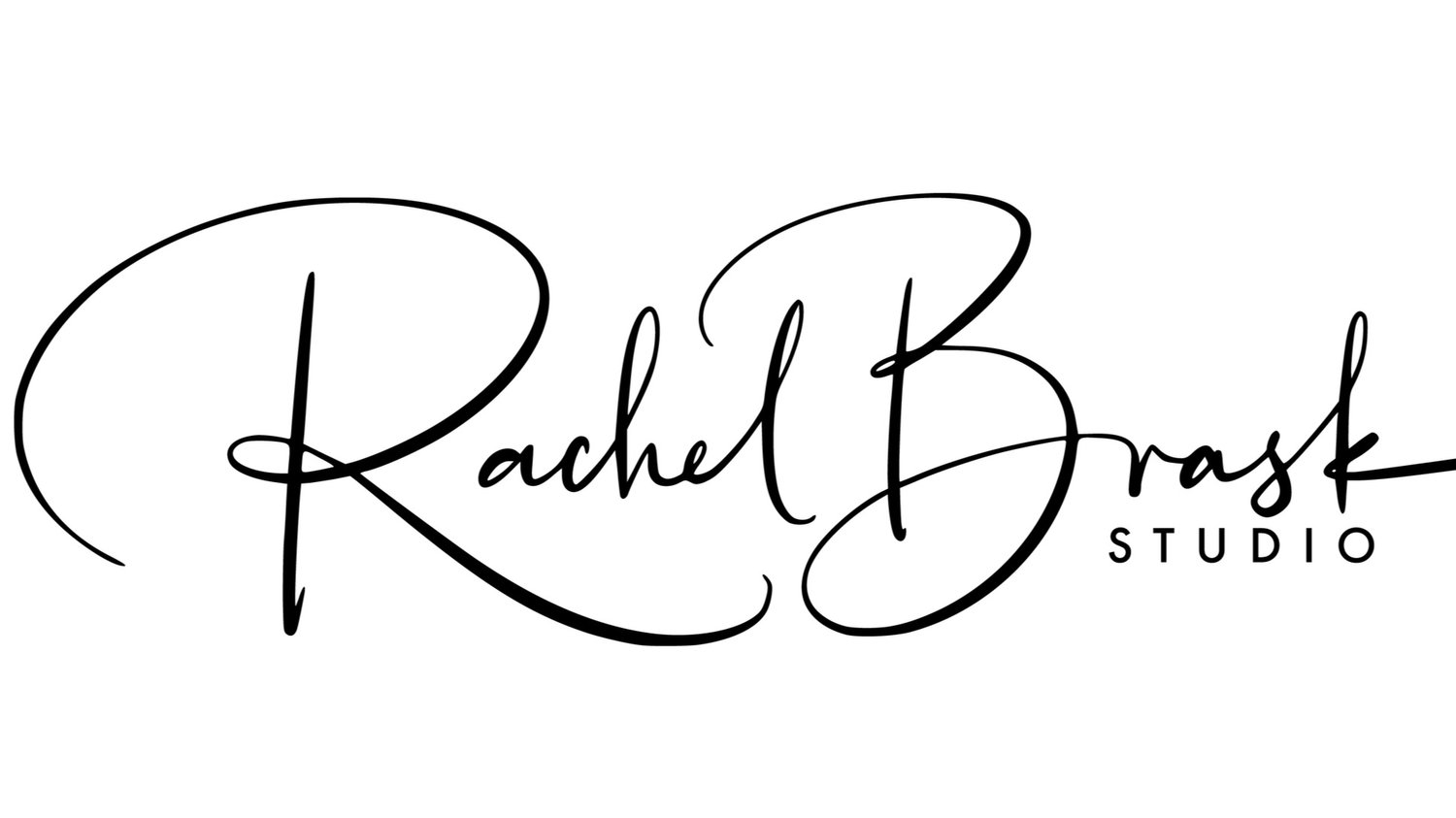New Year, New Studio Organization
At the tail end of the 2022 fall exhibition season, I had one show after another after another, the chaos of unpacking and repacking and production between shows left my studio in total disarray. After the holidays, I jumped right into action on January 1st to use the slower pace and quieter times of January to get my studio back in order, and to employ a few ideas I’ve been wanting to do with my studio.
I went out and got a bunch of pegboards to place on the endcaps of a a few shelving units that I have in the studio, in order to make places for my most frequently used tools, and to keep them off of counterspaces and table spaces. I got rid of probably about eight bags of trash, just going through my art supplies shelves for the first time in probably 4 years! I made a pile of things to give away to other artists if they might need them. Some things I had bought on impulse at the art store years ago, thinking that I’d “need it someday” or “this is neat, I’ll find a way to use it” but never did. As I’ve honed my techniques in creating oil paintings of rainy days, I’ve become more familiar with a very specific subset of my favorite tools, brands and sizes of paintbrushes, and more. By bein more specific in what I have actually used and getting rid of things I’m not using, I’m creating more space for creating — and creating more space to (eventually) accumulate more of those specific tools as needed over time.
The most satisfying part of organizing my studio was sorting through my giant canister of paint brushes — first going through to weed out obviously damaged brushes, doing a second pass just to keep the brushes I really liked, and literally tossing the ones I didn’t keep onto the floor. There was something very freeing in throwing brushes onto the floor!
One of the main things in my studio organization I needed was to create more free-moving space where my easels and active painting area was. Over time this space had become a little claustrophobic, and I couldn’t move multiple easels very freely. After working at a Maine art residency this past summer and having lots of room to move around and to work on three easels simultaneously, I knew I had to prioritize movement.
I purchased a rolling utility cart at a height that was more conducive to my palette processs, and which glided seamlessly on its wheels anywhere I needed it to. It has two lower shelves to hold solvents, brushes, and paint, and the top surface I’m using for my active paint palette.
I swapped my two big easels to create more open space in one corner of my studio, where I put up a pegboard, and installed pegs to hold my open oil paint tubes, palette knives, large paintbrushes, and tube squeezers.
With all the vertical space I’ve had to make in my studio in order to make everything fit and flow, sometimes visually it can just be too over-stimulating and I can feel like I have no visual rest for my eyes or brain. So I configured a way to rig curtains and a rod across the largest Ikea Expedit/Kallax set of 5x5 cube shelving, so that I can cover up the open shelves with neutral colored curtains when I’m not actively using them, or if I need a neutral background in my studio for a zoom meeting or a backdrop for photographing artwork.
One of my favorite parts of studio organizing was curating my small but growing collection of artwork by other artists that I’ve accumulated and placed around my desk. The styles and colors and just the stories the artists have shared about their artwork continues to inspire me, so I finally put them all up on nails, magnets or arranged them on the pegboard wall in a more intentional wall than I had before.
Once I organized most of my physical space, I dove into my laptop and image files and computer files. Organizing my digital spaces is still an ongoing project I’m aiming to do a little bit on each day, and try to build maintenance into a habit that becomes embedded into my weekly workflow.
Now that I’ve created different physical and digital spaces, it has really helped to free up some mentally blocked spaces that felt like they were stuck or unable to come up with new painting ideas until I had addressed these organizational matters first.









